
Three vie for two Hanover Selectboard seats
HANOVER — Three people are vying for two three-year terms on the Hanover Selectboard in Town Meeting voting next week.Voters will be asked to choose from a slate including Kari Asmus, Jarett Berke and incumbent Joanna Whitcomb, the acting Selectboard...

NH troops from the border: ‘We have to adapt every night to every scenario’
New Hampshire National Guard Lt. Ryan Camp looked through the border fence separating Texas and Mexico, and made a mental note of the pickup truck crawling back and forth along the bank of the Rio Grande. He logged the man fishing and the person he...
Most Read
 Killington is the East’s largest ski resort. A developer wants to expand on that in a big way.
Killington is the East’s largest ski resort. A developer wants to expand on that in a big way.
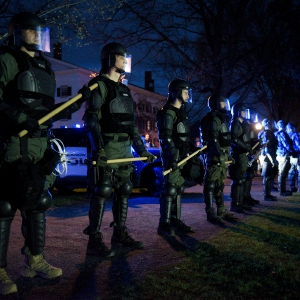 Kenyon: Dartmouth shows it has no patience for peaceful protest
Kenyon: Dartmouth shows it has no patience for peaceful protest
 Claremont movie theater to close at end of May
Claremont movie theater to close at end of May
 A Look Back: Upper Valley dining scene changes with the times
A Look Back: Upper Valley dining scene changes with the times
 Lebanon High senior comes to the aid of driver with health problem
Lebanon High senior comes to the aid of driver with health problem
 Dartmouth moves swiftly to stymie demonstration, leads to 90 arrests
Dartmouth moves swiftly to stymie demonstration, leads to 90 arrests
Editors Picks
 A Look Back: Upper Valley dining scene changes with the times
A Look Back: Upper Valley dining scene changes with the times
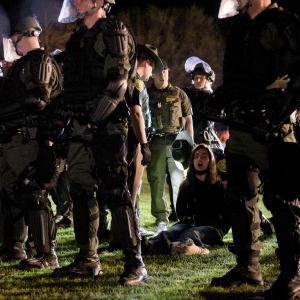 Editorial: Response to campus protests only adds fuel to the fire
Editorial: Response to campus protests only adds fuel to the fire
 Kenyon: Dartmouth shows it has no patience for peaceful protest
Kenyon: Dartmouth shows it has no patience for peaceful protest
 Publisher’s note: Valley News launches updated online app
Publisher’s note: Valley News launches updated online app
Sports

Hurricanes earn 10-9 victory over U-32 in girls lacrosse
WHITE RIVER JUNCTION — The pass was perfect, a classic backdoor feed that arced from Paisley Danaher to Madison Barwood and resulted in the winning goal Saturday for the undefeated Hartford High girls lacrosse team.The strike lifted the host...
 Stevens, Newport baseball split high-scoring games
Stevens, Newport baseball split high-scoring games
 Lebanon High senior comes to the aid of driver with health problem
Lebanon High senior comes to the aid of driver with health problem
 Oxbow softball at dynastic, dominant best
Oxbow softball at dynastic, dominant best
 Local Roundup: Lebanon wins big over Bow in boys tennis
Local Roundup: Lebanon wins big over Bow in boys tennis
Opinion

Editorial: Chris Sununu’s moral vacuum
New Hampshire Gov. Chris Sununu’s conversion from “Never Trump” to “Ever Trump” occurred not on the road to Damascus but on the Republican Party’s road to perdition.On ABC News last Sunday, Sununu affirmed his intention to support Donald Trump for...
 Editorial: Gambling tarnishes America’s sporting life
Editorial: Gambling tarnishes America’s sporting life
 By the Way: A white nationalist’s many mistruths
By the Way: A white nationalist’s many mistruths
 Column: The age-old question of what to read
Column: The age-old question of what to read
 Editorial: Transparency wins in NH Supreme Court ruling
Editorial: Transparency wins in NH Supreme Court ruling

Photos
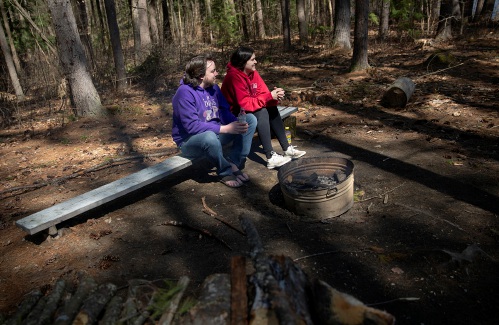
Afternoon outing in Norwich
 In the garden
In the garden
 Spring cleanup in Lebanon
Spring cleanup in Lebanon
 Drawn to dragons
Drawn to dragons
 Clear and free in Hartford
Clear and free in Hartford
Arts & Life

The future of fertilizer? Pee, says this Brattleboro institute
When Peter Stickney walks along his cow paddocks in the morning, he notes the scattered patches of greener grass across the pasture. He knows what this means: It’s where his cows have peed. So when the Rich Earth Institute, a Brattleboro organization...
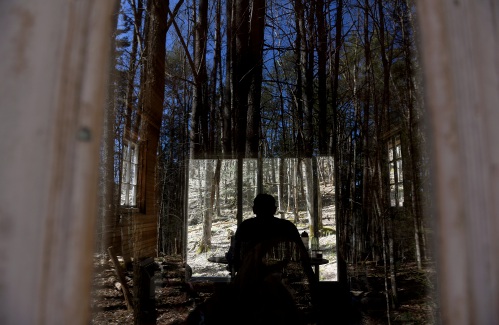 Norwich author and educator sees schools as a reflection of communities
Norwich author and educator sees schools as a reflection of communities
 Bald eagles are back, but great blue herons paid the price
Bald eagles are back, but great blue herons paid the price
Obituaries
 Brian A. Button
Brian A. Button
Chelsea, VT - Brian A. Button, age 82, passed Friday, December 15, 2023. A funeral service for Brian will be held Saturday, May 11, 2024 at 1pm at the United Church of Chelsea, VT. Burial will follow in the Highland Cemetery. To vie... remainder of obit for Brian A. Button
 Richard Sweet
Richard Sweet
Hartland, VT - Richard "Ricky" Michael Sweet, 67, died May 1, 2024, at Hanover Terrace in Hanover, NH where he has been a resident for the past several years. He was born October 26, 1956, to Neil Sweet Sr. and Vena (Besaw) Sweet. R... remainder of obit for Richard Sweet
 Thomas Arthur Bubolz Ph.D.
Thomas Arthur Bubolz Ph.D.
Thomas Arthur Bubolz, PhD Grand Junction, CO - Thomas "Tom" Arthur Bubolz, PhD., 82, passed away peacefully on May 1, 2024 in Grand Junction, CO, after a long illness. Tom was born in Maywood, IL, to Arthur and Georgeanna Bubolz. He earn... remainder of obit for Thomas Arthur Bubolz Ph.D.
 Vernona Bell
Vernona Bell
White River Junction, VT - Vernona S. Bell, age 83, passed Saturday, May 4, 2024. A full obituary will be published in an upcoming edition of the Valley News. Knight Funeral Home in White River Junction has been entrusted with a... remainder of obit for Vernona Bell


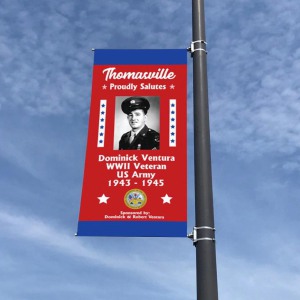 Hartford Selectboard considers banner policy amid controversy over ‘Hometown Heroes’ project
Hartford Selectboard considers banner policy amid controversy over ‘Hometown Heroes’ project
 Local Roundup: Bears defeat Hollis-Brookline in softball slugfest
Local Roundup: Bears defeat Hollis-Brookline in softball slugfest
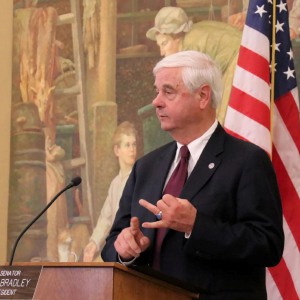 NH Senate President Jeb Bradley to retire after a 32-year career in politics
NH Senate President Jeb Bradley to retire after a 32-year career in politics
 David Zuckerman is seeking reelection to lieutenant governor’s office
David Zuckerman is seeking reelection to lieutenant governor’s office

 From dirt patch to a gateway garden, a Randolph volunteer cultivates community
From dirt patch to a gateway garden, a Randolph volunteer cultivates community  Out & About: Newport art center’s exhibition celebrates homes of all varieties
Out & About: Newport art center’s exhibition celebrates homes of all varieties
